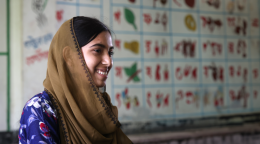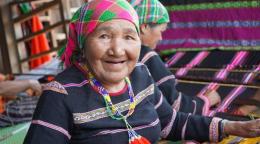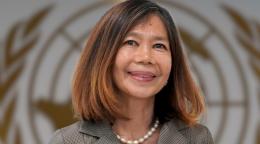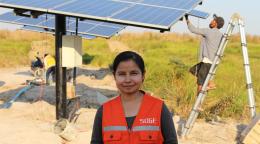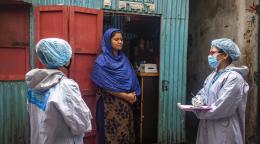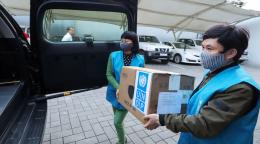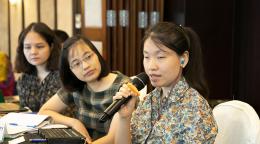Viet Nam
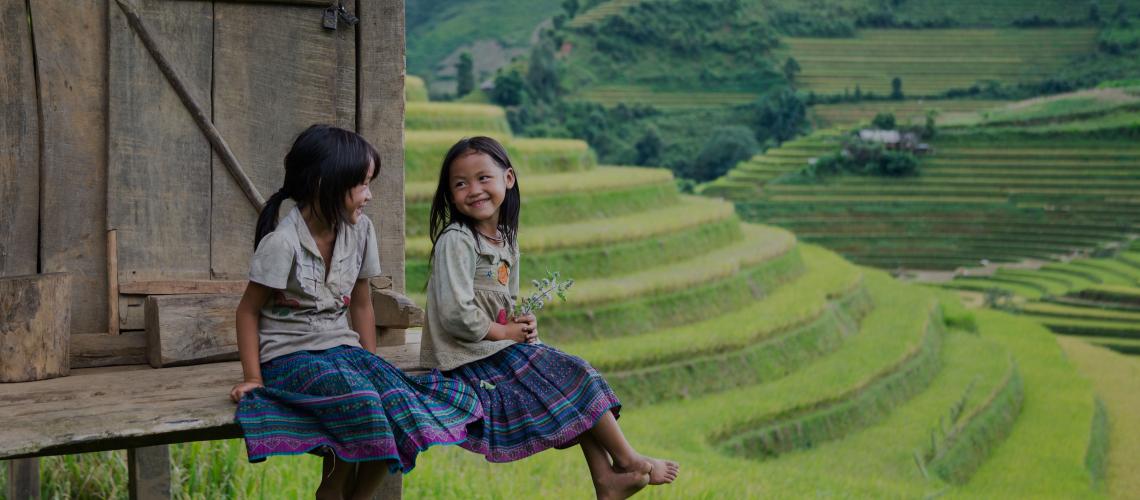
Photo: © UN in Viet Nam/Shutterstock
Linking investments, partners and SDGs
Where is the money going?
Where we work
UN Viet Nam Country Team
Resident Coordinator Office
1 / 2
1 / 4
UN Entities in Viet Nam
1 / 21
UN Key Documents
UNDAF/United Nations Sustainable Development Cooperation Framework (CP)
UNDAF / CF START DATE
01 January 2022
UNDAF / CF END DATE
31 December 2026
START OF NEW CF CYCLE
01 January 2027
1 / 15
Latest news and updates
1 / 12















